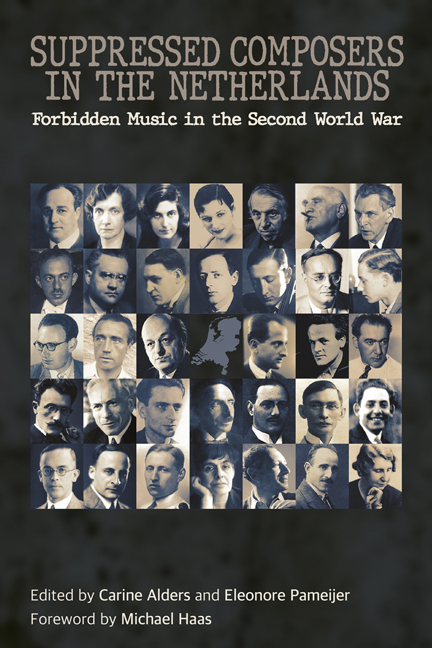13 - Julius Hijman
Published online by Cambridge University Press: 09 May 2024
Summary
Julius Hijman's career as a pianist centred on contemporary and Dutch music. Touring internationally, he presented the works of Dutch composers, and in the Netherlands he introduced new music from abroad, although his own compositions were not always appreciated by his audiences. He emigrated to America in 1939. The majority of his extensive output remains unpublished and awaits performance.
Julius Hijman was born on 25 January 1901 in Almelo, in the eastern Netherlands, at that time a town with a prosperous textile industry. His Jewish parents, the physician Leopold Hijman and Catherina Lion, were members of the local elite and had many friends among the captains of industry in the town. Julius and his younger sister, Renée, had piano lessons at an early age. He was talented and so went on to study privately with Marie Jannette Walen, a renowned concert pianist in Hilversum, some 70 miles from home – a long way to travel for a youngster. At sixteen he moved to Amsterdam, but stayed only six months before moving to Bussum, a small town near Utrecht, where he continued to develop his talent. In 1922, he became a member of the Trio Kwant from Utrecht, named after the flautist Cor Kwant, and returned to Amsterdam. This time he studied piano with Dirk Schäfer, whom he much admired, and composition and music theory with Sem Dresden.
In the 1920s, Hijman emerged as an ardent advocate of contemporary music. He formed a duo with the cellist Henk van Wezel. Then, in quick succession, both his parents died, and he left the Netherlands to pursue his studies with Paul Weingarten in Vienna. There he found the love of his life, Margarete Safir; the couple married in January 1926.
But Amsterdam was never far from his mind and in 1928 he and van Wezel devised their own concert series, focusing on contemporary music, including works by such composers as Bartók, Eisler, Hindemith and Kodály – and the audience attending a concert at De Kunstkring (the Amsterdam Art Society) promoted as a ‘Romantic Evening’ must have been surprised to hear music by Hindemith and Reger.
- Type
- Chapter
- Information
- Suppressed Composers in the NetherlandsForbidden Music in the Second World War, pp. 135 - 142Publisher: Boydell & BrewerPrint publication year: 2024



